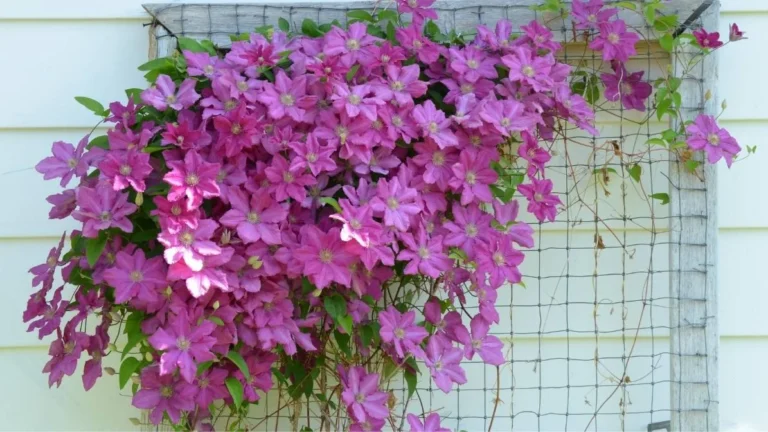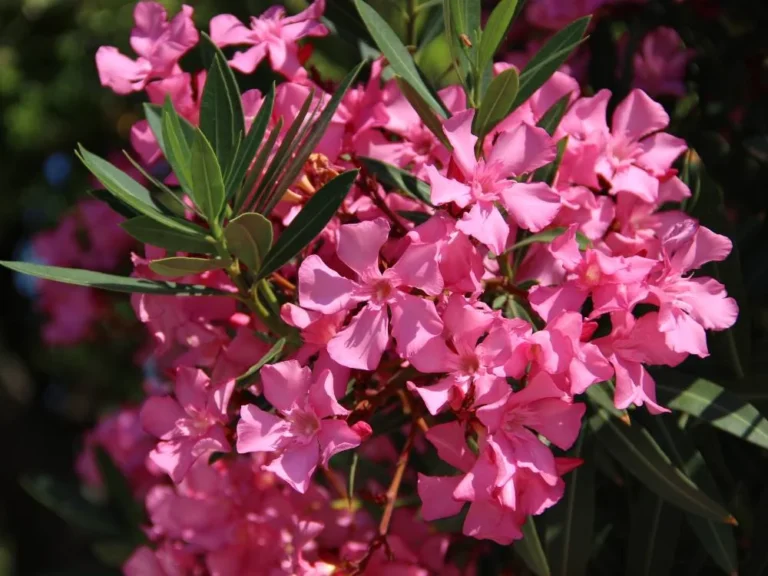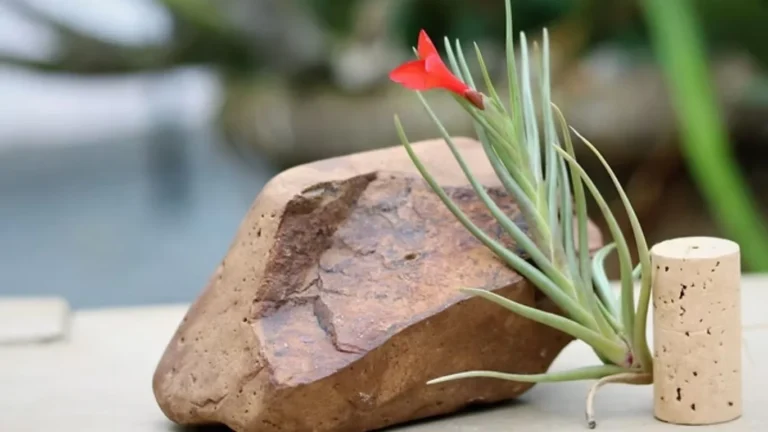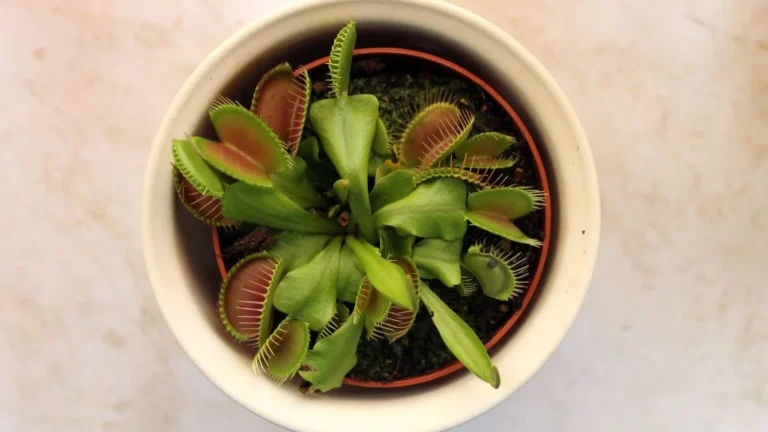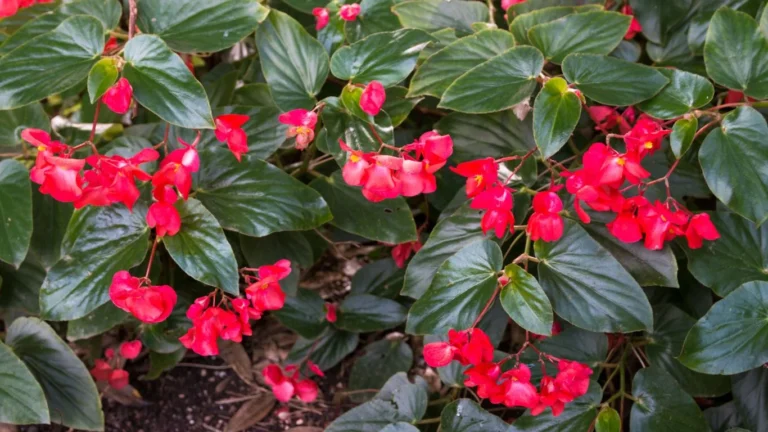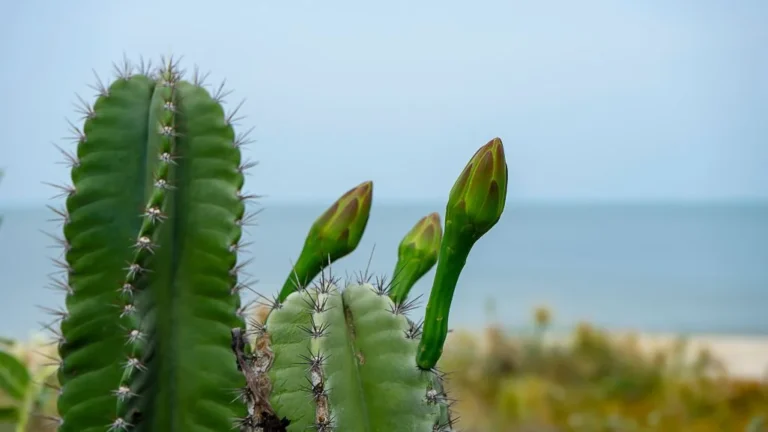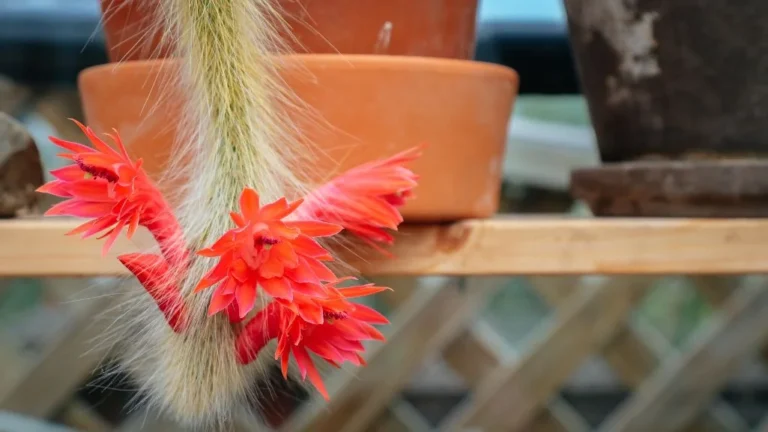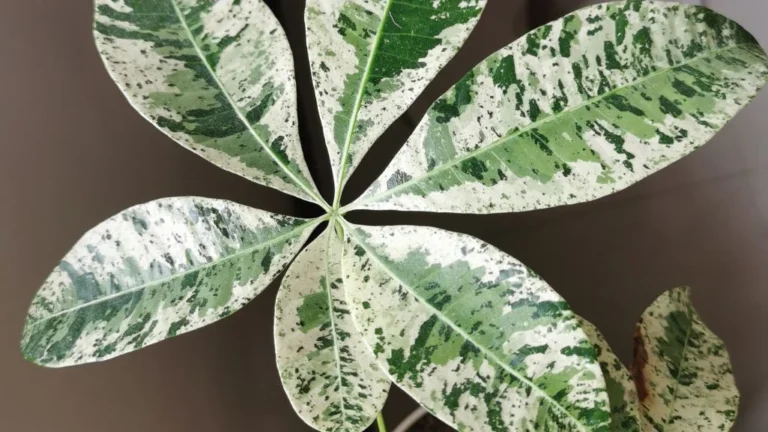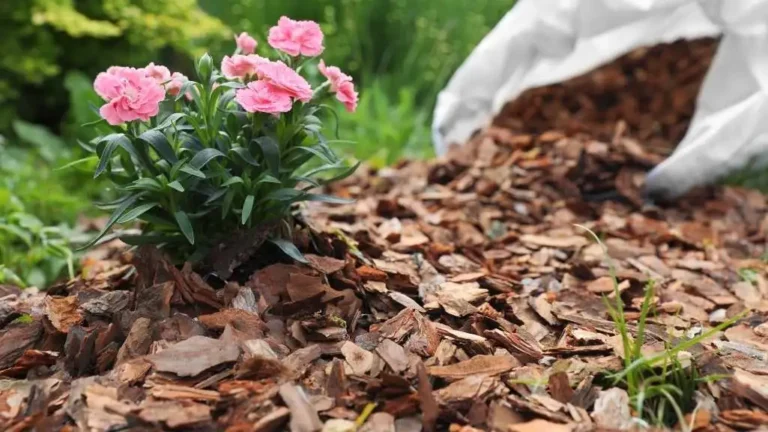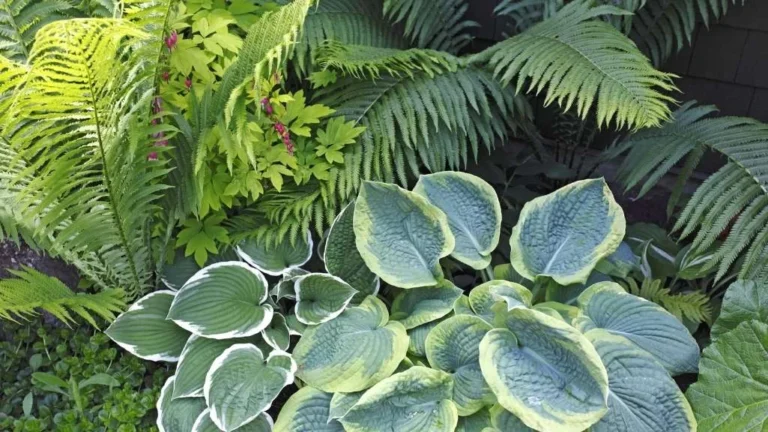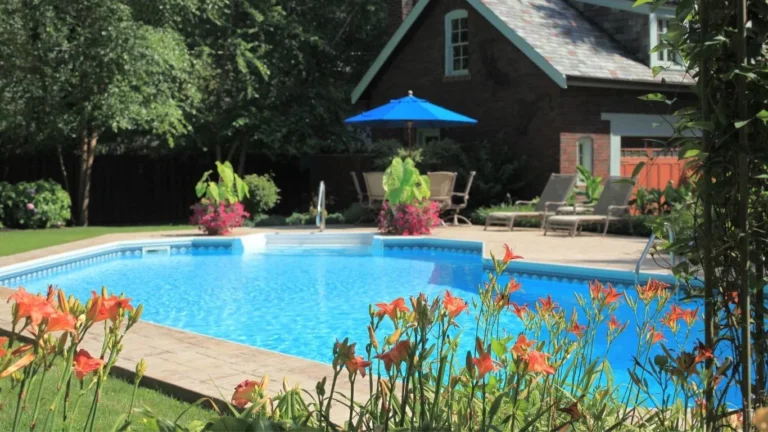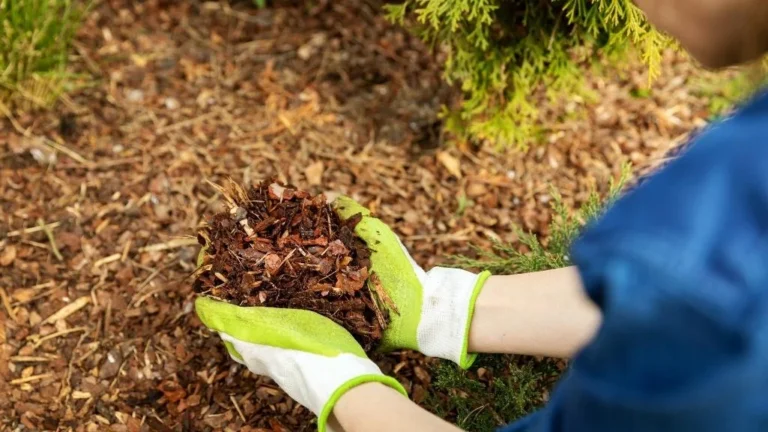Venus flytraps (Dionaea muscipula) are fascinating carnivorous plants that have captured the attention of plant enthusiasts worldwide. Their unique ability to trap and digest prey sets them apart from typical houseplants.
However, one common question among plant owners is: Can you overfeed a Venus flytrap? The short answer is yes. And this can harm the plant’s health.
Why Overfeeding Is a Problem?
Overfeeding a Venus flytrap can lead to several issues, including stress, poor health, and even death. These plants have evolved to survive in nutrient-poor soils, relying on insects for supplemental nutrition. Their digestive mechanisms are not designed to handle excessive prey, and forcing them to do so can cause harm.
Here are some common issues that overfeeding can cause:
-
Energy Drain
Each trap can only open and close a limited number of times before it dies off. Feeding too frequently forces the plant to expend energy unnecessarily, reducing its overall vitality. -
Trap Decay
When traps are overloaded with prey, they may not be able to digest the insects fully. This can lead to rotting traps, which can attract mold and harm the plant. -
Imbalanced Nutrition
Overfeeding can upset the plant's natural balance, as it receives more nutrients than it needs, potentially stunting its growth. -
Stress on the Plant
Venus flytraps are slow-growing plants, and overfeeding can stress them, especially if they’re already weak or not receiving adequate light and water.
Signs of Overfeeding
If you suspect you’re overfeeding your Venus flytrap, watch for the following warning signs:
-
Blackening Traps
When traps turn black and die shortly after feeding, it’s often a sign of overfeeding or feeding the wrong type of prey. -
Mold Growth
Mold appearing on the traps or in the soil can indicate undigested prey or decaying traps. -
Stunted Growth
Overfed plants may exhibit slower growth as they expend too much energy on digestion. -
Foul Odors
A rotting smell around the plant usually signals that the traps are unable to digest prey properly.
What Happens in Nature?
In their natural habitat, Venus flytraps don’t catch prey daily. They grow in boggy areas with poor soil, relying on insects as an occasional nutrient boost. This natural feeding rhythm ensures that the plant isn’t overburdened. Mimicking this rhythm in your care routine is key to a healthy plant.
How to Properly Feed a Venus Flytrap
To avoid overfeeding, it’s essential to understand the proper feeding practices for Venus flytraps. Here’s a step-by-step guide:
-
Feed Sparingly
Venus flytraps only need to eat about one or two insects per month. Overfeeding can do more harm than good, so it’s better to err on the side of caution. -
Choose the Right Prey
Feed your plant live insects such as flies, ants, or small spiders. Avoid feeding it human food like meat or cheese, as these can rot and harm the plant. -
Feed Healthy Traps Only
Only feed traps that are green and healthy. Older or damaged traps may not be able to digest prey effectively. -
Simulate Prey Movement
If you’re feeding a dead insect, gently touch the trigger hairs inside the trap to stimulate the plant to close. This ensures the plant recognizes the prey and begins the digestion process. -
Provide Adequate Conditions
Make sure your Venus flytrap is receiving enough sunlight (at least 12 hours of bright light daily) and is planted in nutrient-poor, well-draining soil. Proper care reduces the need for frequent feeding.
Common Feeding Mistakes
Feeding Too Large Prey
Feeding your Venus flytrap prey that is too large is a common mistake that can harm the plant. When the trap can’t fully close around oversized prey, it leaves gaps where bacteria and mold can enter, causing the trap to rot.
Additionally, large prey often cannot be fully digested, leaving decaying remnants that harm the plant and attract mold. This process also drains the plant’s energy, as digestion requires significant effort, and oversized prey puts unnecessary stress on the trap. Over time, this can weaken the plant and even damage the trap, shortening its lifespan.
To avoid these issues, always feed your Venus flytrap bugs no larger than one-third the size of the trap.
Feeding Too Often
Feeding your Venus flytrap too frequently can stress the plant and harm its health. Unlike typical houseplants, Venus flytraps don’t need to eat all the time. In fact, overfeeding can drain the plant’s energy and disrupt its natural growth cycle. When fed too often, the traps become worn out from constantly opening and closing, which weakens them over time. Additionally, excessive feeding can lead to poor digestion, as the plant doesn’t have enough time to fully process the prey before being fed again. This can result in rotting traps and mold growth.
It’s best to feed your Venus flytrap only once every 2-4 weeks to keep it healthy and thriving.
Feeding the Wrong Things
Feeding your Venus flytrap the wrong food can seriously harm the plant. Venus flytraps are carnivorous and need live insects like flies, ants, or small spiders to survive. However, feeding them non-insect items, such as meat, cheese, or human food, can cause problems. These foods don’t break down properly and can rot inside the traps, leading to mold, bacteria growth, and trap decay. Additionally, these types of food are too rich in nutrients, which can upset the plant’s digestive system and stunt its growth. Always stick to insects to keep your Venus flytrap healthy.
Yes, you can overfeed a Venus flytrap, and doing so can have serious consequences for the plant’s health. By feeding sparingly, choosing appropriate prey, and providing proper care, you can keep your Venus flytrap thriving. Remember, less is more when it comes to feeding these unique carnivorous plants.
Related content Why Sphagnum Moss is the Best Soil for Your Venus Flytrap?
Frequently Asked Questions
How often should I feed my Venus flytrap?
Once every 2-4 weeks is sufficient.
Can a Venus flytrap survive without feeding?
Yes, as long as it receives plenty of sunlight. It can produce energy through photosynthesis.
What happens if I never feed it?
While feeding provides extra nutrients, a Venus flytrap can survive without prey by relying on photosynthesis.
Can I feed my Venus flytrap dead insects?
Yes, but you’ll need to simulate movement to trigger the digestion process.


